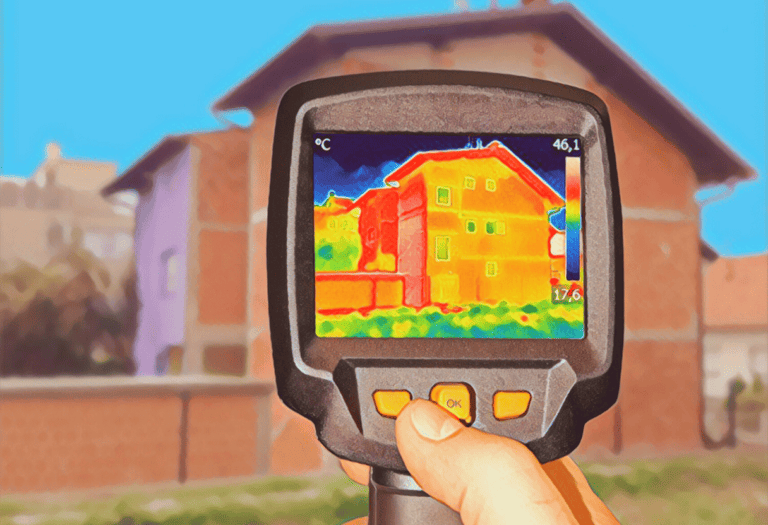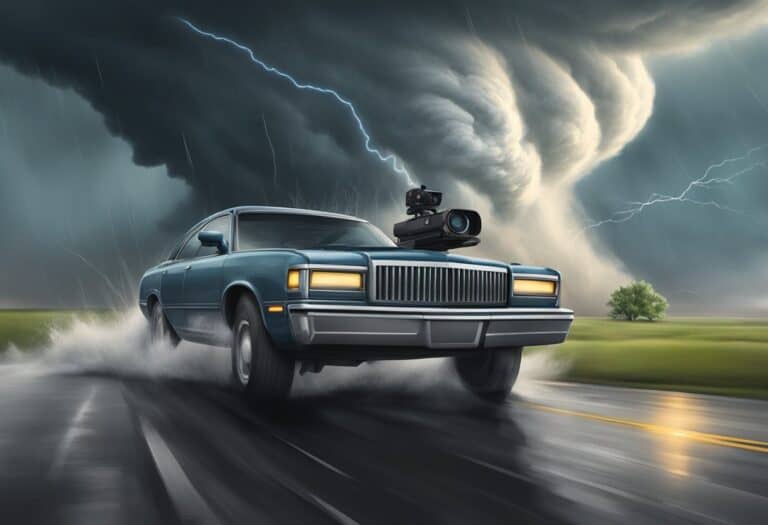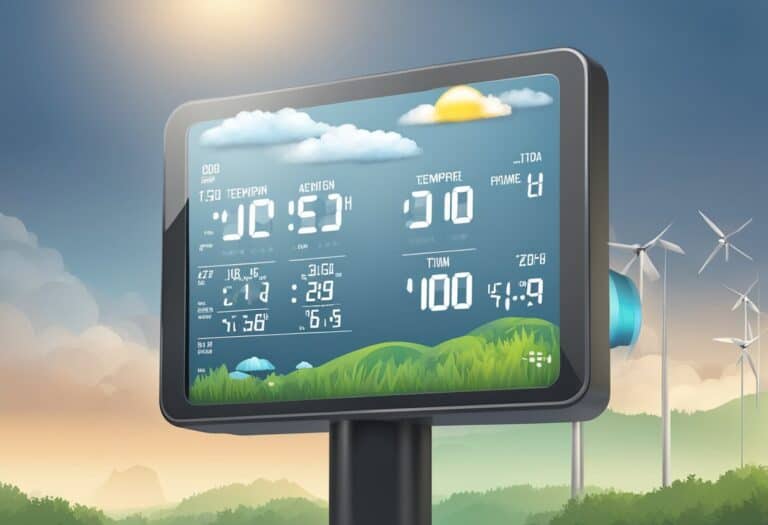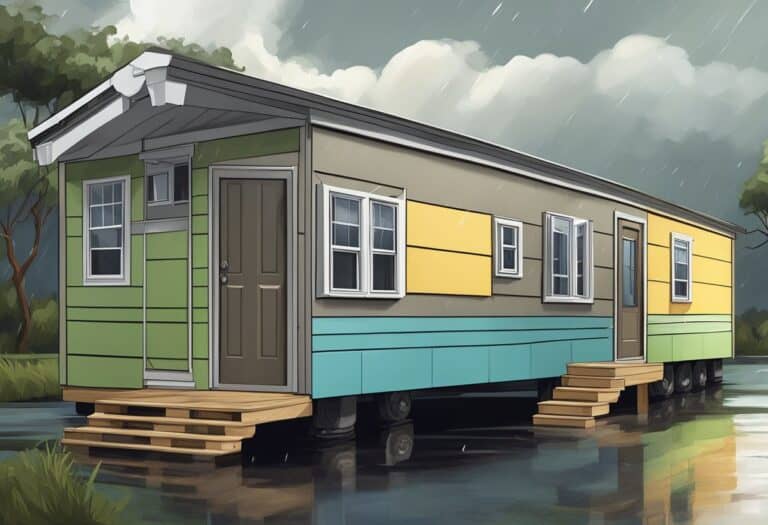Hailstorms can appear suddenly and wreak havoc on vehicles left without proper protection.
As hailstones fall, they can cause significant damage to the body of a car. Knowing how to protect your car from hail is essential, especially if you live in an area prone to severe weather conditions. While hail varies in size, even small hailstones can lead to costly repairs. Taking proactive steps to safeguard your vehicle before a hailstorm hits can spare you from the stress and expense of dealing with dents and shattered glass afterward.
Understanding the risks associated with hail and the various methods to prevent hail damage to your car is invaluable. It involves a combination of preparation and quick action. From utilizing car covers and parking solutions to understanding insurance policies, awareness about the right preventative measures can help maintain your vehicle’s condition.
When a hailstorm is forecasted, this knowledge will empower you to act swiftly, minimizing potential harm to your vehicle’s exterior and interior.
To protect your car from hail, use protective covers, seek covered parking, and stay informed about weather alerts. Ensuring your insurance covers hail damage is also crucial.
Understanding Hail and Its Potential Damage to Vehicles
Hail can wreak significant havoc on vehicles, leading to costly repairs or total losses. Understanding hail’s nature and its potential impact on your car is crucial, especially if you reside in hail-prone areas.
The Science of Hail Formation and Seasons
Hail forms during severe storms and thunderstorms, particularly when there is a strong upward movement of air. This updraft carries water droplets to a height where the temperature is below freezing. These droplets then layer into ice balls that can grow further as more water freezes onto them. Hailstones can range in size from small pellets to the size of baseballs.
The risk of hail is predominantly during hail season, which typically occurs in the spring and summer months. However, the timing can vary widely depending on the region. For example, Texas is well-known for experiencing severe hailstorms due to its geographical location and climatic conditions.
Identifying Vulnerable Parts of Your Car
Your car’s windshield, side windows, and the body are particularly vulnerable to hail damage. Hailstones can cause broken glass, leaving you with a hefty repair bill. The extent of car hail damage depends on the hailstone’s size, the wind speed, and your car’s exposure.
- Windshield: Normally the strongest glass component of a car, yet it can still be shattered by large hail.
- Side Windows: Thinner than the windshield and if hit by hail, they may be more likely to break.
- Body: Depending on the angle of impact, hail can cause dents and scratches, affecting your car’s aesthetics and value.
To minimize the risk of damage, stay informed about local weather forecasts during hail season, use protective covers, or seek shelter under a structure if a storm is imminent.
Preventative Measures to Protect Your Car
In the face of potential hail damage, taking proactive steps can safeguard your vehicle. Employing protective covers, finding sheltered parking, and utilizing readily available items at home are effective ways to mitigate the risk.
Using Protective Car Covers and Blankets
Investing in quality car covers specifically designed for hail protection can offer a first line of defense for your vehicle. These covers often feature padded layers that absorb the impact of hailstones. If a specialized car cover isn’t available, moving blankets or even quilts from your home can be draped over your car and secured with duct tape. Ensure the cover is large enough to shield the entire vehicle.
Seeking Covered Parking Solutions
Whenever possible, park your car under a garage, carport, or awning. A permanent structure like a garage offers the most comprehensive protection against hail. If your home doesn’t come equipped with such facilities, seek out covered parking options or parking garages in your vicinity ahead of a predicted storm.
Creating Makeshift Barriers with Household Items
In the absence of a car cover or garage, you can fashion barriers using items like cardboard boxes flattened and layered on top of your car, held in place with a tarp and more duct tape. For a heavier-duty solution, bags filled with potting soil can also provide a cushion against hail. Remember, floor mats may be used to cover the windshield and windows as they offer some resistance to smaller hailstones.
Insurance and Financial Considerations

When it comes to protecting your vehicle from hail damage, having the right car insurance policy in place can save you from significant financial strain. Comprehensive car insurance is a critical component for hail protection, and understanding the intricacies of policy coverage and claims processes is key.
Understanding Comprehensive Car Insurance Coverage
Comprehensive car insurance is specifically designed to cover your vehicle against a variety of non-collision incidents, including natural disasters like hailstorms. This coverage is not mandatory but crucial for financial protection against unexpected repairs.
- Coverage Benefits: Typically, it covers repair costs for dents, broken glass, and other hail-induced damages.
- Cost Considerations: While it adds to your premium, it potentially saves you from high out-of-pocket repair expenses. When selecting comprehensive coverage, ensure your insurance company offers hail damage protection, as policies can vary.
Navigating Insurance Claims After Hail Damage
After your vehicle has been damaged by hail, it’s important to promptly file an insurance claim to facilitate vehicle repair. Here’s a streamlined approach:
- Immediate Action: Document the damage and contact your insurance company as soon as possible.
- Repair Shops: Seek estimates from certified repair shops recommended by your insurer, as they often pre-negotiate rates, keeping your costs down.
Insurance Claims involve:
- Providing evidence of damage
- Filling out claim forms
- Getting your vehicle assessed
Make sure to follow through with your insurer’s process, and understand that value depreciation is a possibility with severe damage, impacting future claims or sale price.
Post-Hailstorm Recovery and Car Repair
After a hailstorm, it’s essential to promptly assess hail damage to your car and determine the best course of action for repair to maintain its value. Timely and professional repairs can help protect your investment.
Assessing and Documenting the Damage
Begin by carefully inspecting your vehicle for dents, dings, and broken glass. Document every instance of hail damage you find with clear photographs from various angles, ensuring that you capture the extent of the damage. This documentation is crucial for insurance purposes and will serve as a reference throughout the repair process.
Professional Repair or DIY Solutions
For minor hail damage, such as superficial dents, DIY solutions like dent removal kits may suffice if you’re experienced in car repairs. However, for more significant damage, it’s typically best to seek out reputable repair shops that specialize in hail damage on cars. They will have the necessary tools and expertise to restore your vehicle’s surface to its pre-hailstorm condition, which could involve processes like paintless dent repair (PDR).
DIY Repair:
- Suitable for minor, surface-level blemishes.
- Requires a careful approach to avoid additional damage.
Professional Repair:
- Advised for extensive or deep hail damage.
- Ensures a high-quality finish and preserves your car’s value.
Maintaining Car Value After Repair
To maintain your car’s value post-repair, ensure all repairs are completed to a high standard. Keep all receipts and a detailed record of the work done, as these will be important if you decide to sell your car in the future. Moreover, consider investing in preventive measures like covered spaces or a high-quality car tarp to protect your car from future incidents. Regular maintenance checks following the repair will also help in sustaining your vehicle’s condition and value.
Records and Receipts:
- Store all documentation related to the repairs.
- Valuable for future sale or insurance purposes.
Preventive Measures:
- Use tarps or park in covered spaces to prevent hail damage.
- Regular maintenance can aid in preserving your car’s condition and value.
Frequently Asked Questions
When dealing with hail, taking proactive measures to protect your vehicle is crucial. Below, you’ll find targeted solutions to prevent costly damage during hail events.
What are effective methods to shield vehicles from hail damage when parked outside?
You can protect your vehicle from hail by parking under a covered area, using a specially designed car cover, or locating shelter in a parking garage. Ensure the protection is secure to prevent it from being blown away by strong winds.
Is there a reliable hail car cover that dealerships use to protect their inventory?
Yes, dealerships often use padded, impact-resistant hail car covers. These are usually made with multiple foam layers to absorb the shock of hailstones.
What do-it-yourself solutions can safeguard my car against hail impacts?
For DIY protection, consider placing thick comforters or padded blankets over your car. Secure these with bungee cords or straps to keep them in place during a storm.
Can ordinary blankets offer sufficient protection for vehicles during a hailstorm?
Ordinary blankets are not the best defense against hail as they offer minimal impact resistance. However, they are better than no protection, especially if layered and securely fastened.
What attributes should I look for when choosing the best hail car cover for my vehicle?
Search for a hail car cover that is layered, weather-resistant, and fits your vehicle snugly. It should also have a non-abrasive inner lining to protect your car’s paint.
Are there any quick deployment techniques for hail protection in the event of a sudden storm?
In sudden storms, use inflatable car covers, which can be deployed rapidly, or keep foam pads or thick blankets in your trunk that you can quickly arrange on your vehicle. Always prioritize your safety and avoid being outside during severe weather.







